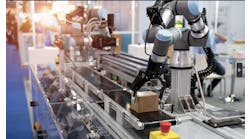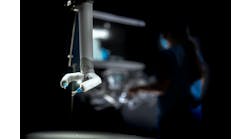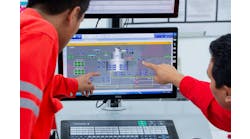Over the years robotics have modernized the manufacturing industry by becoming an alternative source for repetitive, labor-intensive functions such as part load and unloading, excessive part handle and inspection. As a result, machine operators can now focus more of their time on important tasks such as programming and setup, which in return improves productivity and gives businesses a competitive advantage.
Gosiger Automation, specialist in using robotics for making machine tools, shares six interesting facts about robots that industry professionals might not know.
1. During the 1950s, George Charles Devol, Jr. invented the first practical industrial robot. Devol applied for a patent in 1954, and was granted the patent called "Programmed Article Transfer" in 1961 for his Unimate digitally operated robotics arm. In 1961, General Motors installed the arms in its Inland Fisher Guide plant in New Jersey.
2. The International Federation of Robotics estimated at the end of 2012 nearly 200,000 multi-purpose robots were installed in North America. The U.S. is the second largest user of robots in its factories, following Japan. The annual growth rate of robots added to factories ranges from 39-53%.
3. Robots improve machine tool utilization and efficiency by eliminating wasted wait time, unattended operations and missed cycles, and improves consistency in machine throughput.
4. Robots improve part quality because of their ability to handle parts more consistently and without human error.
5. Robots eliminate payroll taxes, insurance and the cost of benefits, and don't take time off for vacation and/or holidays.
6. Robots incorporate vision systems and sensing devices, allowing the to detect various sizes and colors of the part, read barcodes for sorting, conducting machine inspection and more.



